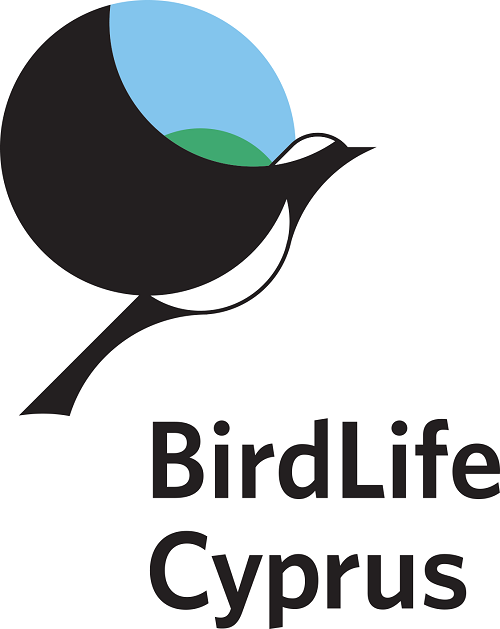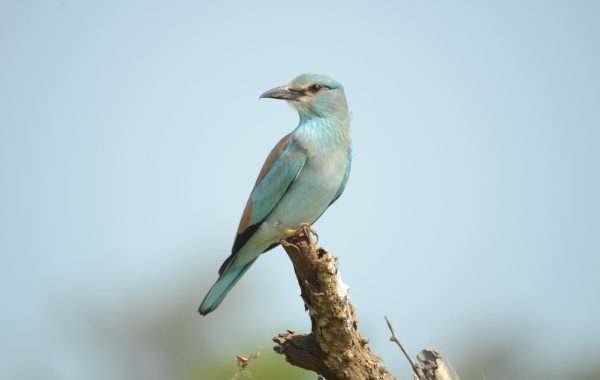Nesting during this season in the scrub and cliffs of Cape Greco are two very important bird species: the Cyprus Wheatear and Cyprus Warbler. Birdwatchers from all over the world visit our island to enjoy them, since they breed only in Cyprus. Although this important area is protected as part of the Natura 2000 network, these days it has turned into a rally track, with nests and vulnerable young birds only meters away from the rally routes.
Part of the Cyprus Rally 2017 is taking place within the Natura 2000 protected area of Cape Greco. The Natura 2000 network, the cornerstone of nature conservation in Europe, is the largest network of protected areas in the world. One of the main objectives of the network is the avoidance of any activities that could cause serious disturbance to important wildlife species, for which these areas have been designated as protected (qualifying species). Unfortunately, in Cyprus, this important network is too often ignored and repeatedly undermined, as is now the case with the Cyprus Rally 2017.
What further worsens the situation, is the timing of the race, which happens to be at a critical time for birds: their breeding season. Disturbance can keep birds away from their nests, leaving young birds hungry or enabling predators to take eggs or young. Any repeated disturbance – which birds perceive as a threat, leads to the use of vital energy that they would have otherwise used to search for food for themselves and their young. The disturbance unfortunately extends beyond the day of the race itself. The procedure of preparing the rally track before the race, as well as trial runs, will have already caused serious disturbance to the birds as well as other wildlife in the area.
BirdLife Cyprus Director, Martin Hellicar, said: “It is unfortunate to see nature playing second fiddle, especially within protected sites, and even for an important institution, such as the Cyprus Rally, which has a history that spans almost 50 years and promotes Cyprus internationally. In most cases, a balance between nature conservation and human activity can be found, as long as an appropriate assessment is carried out in good time.”
There are also worries about other rally stages which are also located within protected areas (in particular the Natura 2000 site ‘Koshi – Pallourokampos’) which may cause disturbance to the qualifying species. While human activities surely are not prohibited within Natura 2000 sites, any activities that may negatively affect the qualifying species need to be assessed appropriately by the competent authorities in order to avoid any impacts for these key sites.
What is the point of the Natura 2000 network if in practice it exists only on paper?




